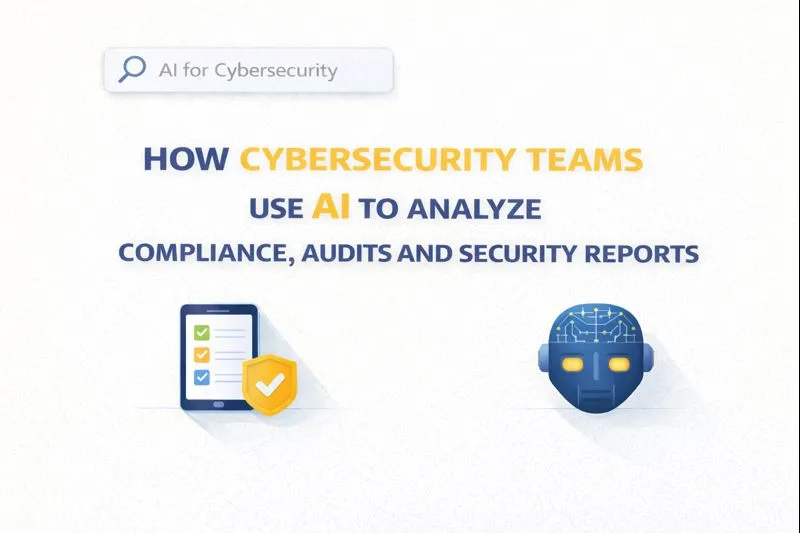Intent-Based Keyword Clustering for B2B SaaS
TL;DR
Understanding Intent-Based Keyword Clustering
Let's explore intent-based keyword clustering for B2B SaaS, a powerful strategy to elevate your pSEO performance. Ever wonder why some keywords just don't convert, even with high traffic? It might be a mismatch between what users want and what your content offers.
Keyword clustering, at its core, is about grouping keywords that revolve around the same topics. Think of it like organizing your closet; you wouldn't throw socks with suits, right?
- Traditional keyword clustering often focuses on semantics, like, just how similar the words are. But that's kinda missing the bigger picture.
Intent is where the magic happens, especially for B2B SaaS. It's about understanding why someone is searching for something.
- Focusing on user intent helps you target the right audience. Like, are they looking to buy, or just browsing?
- It's also about aligning your content with the different stages of the buyer's journey. Awareness, consideration, decision – gotta cover all those bases.
- Ultimately, it improves lead quality and conversion rates. No more wasting time on folks who aren't ready to buy!
So, next up, we'll dive into identifying the signals that reveal user intent.
Identifying Intent Signals for Your B2B SaaS
Okay, so you're probably wondering how to actually find these "intent signals," right? It's not rocket science, promise! Think of it like this: what clues are people leaving behind that show what they really want?
- Informational intent: They're just lookin' for info, plain and simple. Like, "what is cloud security?" or "how does data encryption work?"
- Navigational intent: These folks know where they wanna go. They might search for "salesforce pricing" or "zoom login page" – just tryna get somewhere specific.
- Transactional intent: Ah, these are your money-makers! They're ready to buy. Keywords like "best crm software" or "buy cybersecurity license online" are gold.
- Commercial Investigation: Users comparing options, so looking for "hubspot vs salesforce" or "best project management tools 2024".
Demandbase highlights the importance of tracking "high-intent search queries" like “best crm for saas” Demandbase - this shows what people are actively searching for, and their focus on these queries helps us understand what users are actively considering.
Tools and Techniques for Identifying Intent Signals
To actually find these intent signals, you'll need a few tools and techniques.
- Google Search Console: This is your best friend for understanding what queries are already bringing people to your site and how they're performing.
- SEMrush and Ahrefs: These comprehensive seo tools let you dive deep into keyword research, analyze competitor strategies, and uncover intent-related search terms.
- SERP Analysis: Simply Googling your target keywords and analyzing the results pages (SERPs) is crucial. What kind of content ranks? Are they blog posts, product pages, or comparison articles? This is a direct indicator of user intent.
- User Surveys and Feedback: Directly asking your audience about their search habits and what they're looking for can provide invaluable qualitative data.
Once we understand the different types of intent and how to spot them, the next logical step is to organize these insights into actionable keyword clusters.
Building Your Intent-Based Keyword Clusters
Alright, so you're ready to actually build these intent-based keyword clusters? Awesome, it's not as scary as it sounds, promise. Think of it like organizing your music playlist – you wouldn't put heavy metal next to classical, would you?
- Gathering Keywords: First, you'll want a big list of keywords related to your B2B saas. Use keyword research tools, brainstorm with your team, and don't be afraid to cast a wide net. For example, if you sell project management software, keywords could range from "project planning tools" to "gantt chart software" and even "agile project management."
- Analyzing Search Results: Now, google those keywords! See what kinda content actually shows up. Is it blog posts? Product pages? This tells you what Google thinks the intent is.
- Grouping by Intent: This is where the magic happens. Group keywords based on the intent you identified. Like, all the "how-to" keywords go in one cluster, and the "best software" keywords go in another.
- Prioritizing Clusters: Not all clusters are created equal. Focus on the ones that align with your business goals. Like, if you're tryna drive more sales, prioritize the "transactional intent" clusters.
Tools to Help with Keyword Clustering
Several tools can make the process of building these clusters much smoother:
- Dedicated Clustering Tools: Platforms like Surfer SEO or ClusterAi are built specifically for this purpose, often using ai to group keywords based on search results and intent.
- Spreadsheet Functions: For smaller projects, you can leverage functions in Google Sheets or Excel to help sort and group keywords based on common themes or patterns.
- AI-Powered Tools: Many ai writing assistants and seo platforms are integrating clustering features, using natural language processing to identify semantic relationships and user intent.
Now that we got the basics down, let's talk about making your content actually work with these keyword clusters.
Content Creation and Optimization
Bet you're wondering how to make your content actually work with these keyword clusters, right? It ain't just about stuffing keywords, trust me.
- Informational intent? Blog posts and guides are your friend. Think "how-to" articles and explainers.
- Navigational intent? Nail those landing pages and sitemaps. Make it easy for folks to find what they need.
- Transactional intent? Product pages and case studies gotta shine. Show 'em why they need your SaaS.
- Commercial Content? Comparison pages and reviews can drive high intent users to your site.
On-Page SEO for Intent-Based Clusters
To make sure your content truly resonates with user intent and ranks well, focus on these on-page seo tactics:
- Optimize Meta Descriptions and Titles: Ensure they clearly reflect the user's intent and include relevant keywords.
- Use Headings (H1, H2, H3): Structure your content logically, using headings to break up information and signal key topics to both users and search engines.
- Internal Linking: Connect related content within your site. If a user is reading about "project management software benefits," link them to a comparison page of "project management tools."
- Directly Address User Intent: This is the most crucial part. If the intent is informational, provide comprehensive answers. If it's commercial, highlight benefits and comparisons. Make sure the content directly satisfies the "why" behind the search.
Next up, let's talk about scaling your content efforts.
Programmatic SEO for Scaling Your Content
Okay, so you have your intent-based keyword clusters, now what? Let's talk pSEO, 'cause its how you're gonna scale this whole thing.
Programmatic seo is basically about automating content creation using data and templates. Think of it as a content-creation factory, but for seo.
It's about generating a whole bunch of seo-optimized pages at scale. Like, a lot.
This is real useful if your product have a large matrix of features/integrations. Imagine if you had to manually write pages for every single possible combination, instead you can automate it.
You can create dynamic landing pages based on user intent. Like, show different content depending on what the user actually wants.
Generate comparison pages for commercial intent. Like, "tool a vs tool b" but automated. For example, a template could pull features for "Tool A" and "Tool B" and automatically generate a comparison table.
Automate product documentation for informational intent. No more manually writing the same basic stuff over and over. For instance, you could automatically generate an FAQ page for each product feature by pulling data from your knowledge base.
So, what next? Time to talk about measuring success of you pSEO efforts.
Measuring and Refining Your Strategy
Alright, so you've built these clusters and launched your pSEO strategy. How do you know if it's, like, actually working?
- Keep an eye on keyword rankings: Are you climbing for those target terms that align with specific user intents? This shows your content is becoming authoritative for those queries.
- Monitor organic traffic: Is it going up and to the right? For programmatic seo, this often means a significant increase in overall traffic volume as you cover more long-tail queries.
- Track conversion rates: Are more visitors turning into leads or customers? Higher conversion rates indicate you're attracting the right audience with the right intent.
- Don't forget bounce rate and time on page: Engagement matters! Lower bounce rates and higher time on page suggest your content is successfully satisfying user intent.
It's not set it and forget it! Regularly review, adjust your content, and keep refining your strategy. That's how you get the best results, period.




